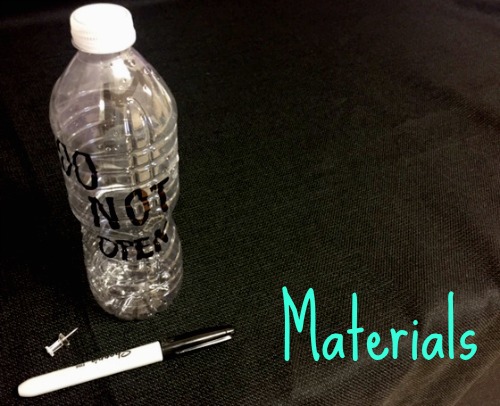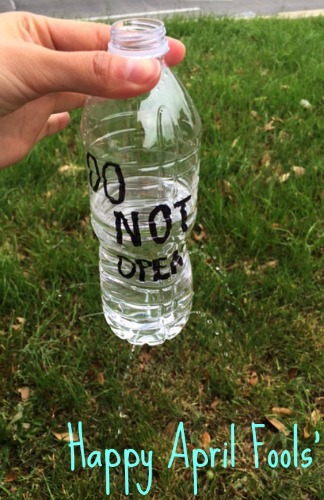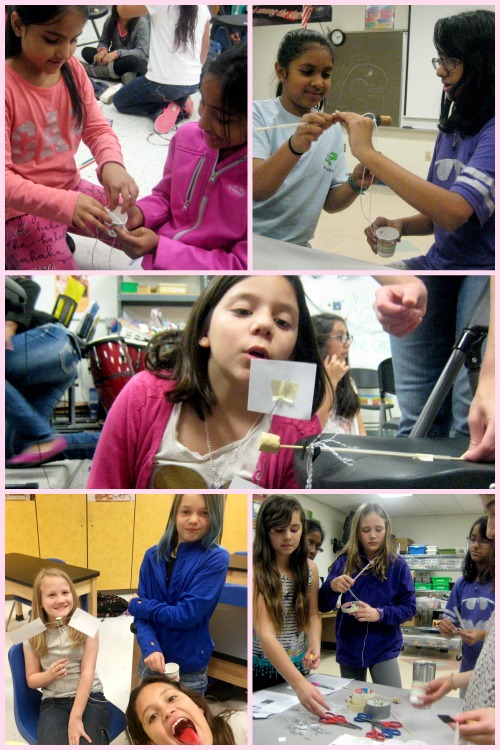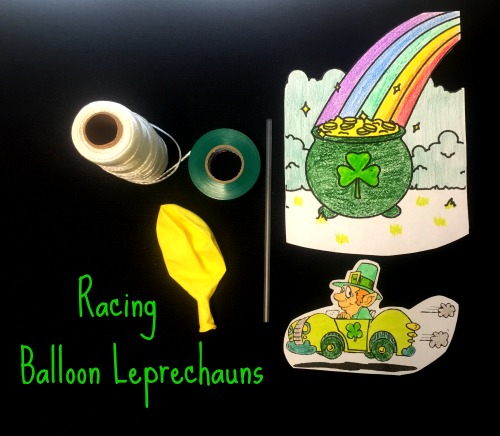Exploring the Effects of Oil Spills
In April 2010, a new oil well in the Gulf of Mexico was severely damaged, causing oil to leak into the Gulf for more than 80 days. The entire local ecosystem, which included fish, mammals, plants, and birds, was negatively affected. This week at After School To-Go, Girlstart students learned about the deadly consequences of oil spills and explored cleanup methods used by environmental scientists to clean up real-world messes.
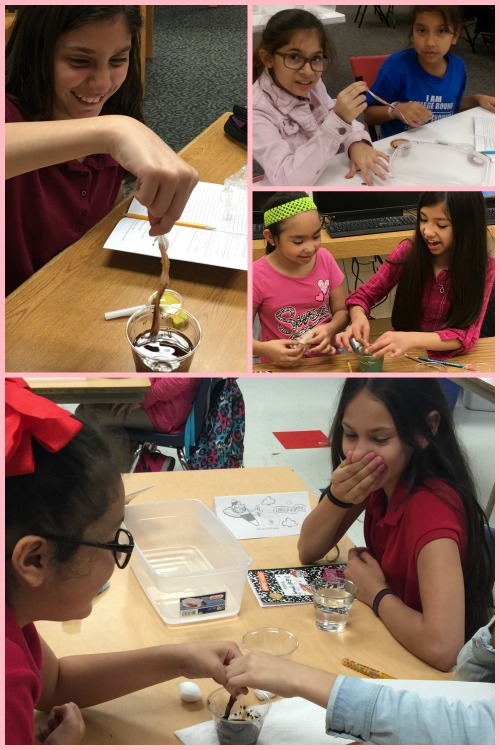
For their first activity, girls were given a clean, white feather to observe. The feather was fluffy, soft, and light. Students learned about barbs – a structure on the feather shaft which gives the feather its shape and makes it waterproof. After dipping the feather in water, students recorded their new observations. The feather was still white, fluffy, and wispy. Next, groups dipped their feather in oil and used their five senses to record their observations once again. The oil made the feather heavy, sticky, and dirty. Naturally, the last step was to clean the feather and make it white, light, and wispy once more.

Girls quickly learned that the feather-cleaning process is not easy. Scientists use a solution of water and Dawn dishwashing liquid to rinse and scrub oil from birds’ feathers. After School To-Go girls followed the same routine and used a blow dryer to speed up the drying process. Some feathers looked almost as good as new, and some feathers were still covered with a thin layer of oil. Girls then discussed the best way to clean an entire bird.
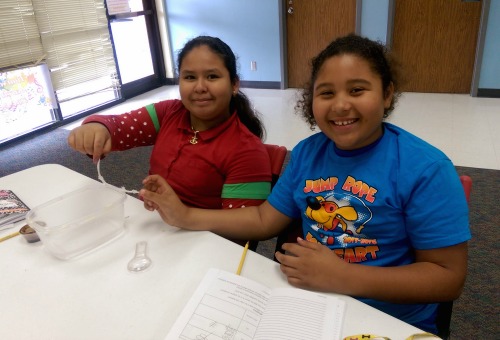
Finally, students observed three different oil spill cleanup methods – skimming, absorbing, and dispersing. Girls critically analyzed each method and offered pros and cons for each. This week, Girlstart students learned about the dire consequences of oil spills and began to envision innovative cleanup methods for the future!
